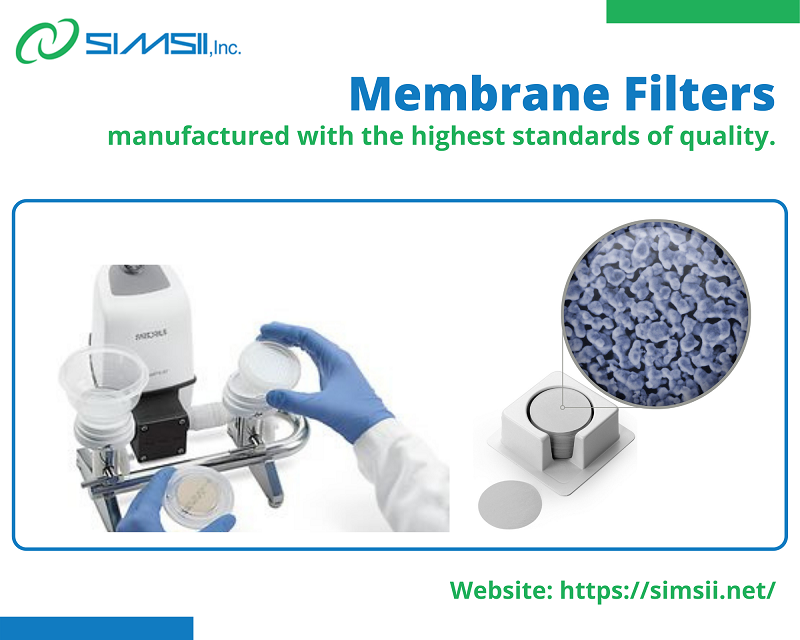
The process of membrane filtration is the one that operates pressure to force water of any other type of carrier fluid through a semi-permeable membrane. This whole process will separate various kinds of particulate matter suspended from the soluble and fluid components. However microporous films is another name used for defining these membrane filters and these are those having each specific ratings depending upon their pore sizes.
In addition to this, these membrane filters keep different types of particles and microorganisms that are usually bigger than their pores. Different laboratories use different kinds and sizes of filters depending upon the type of filter needed to undergo the medical process. Some of the most commonly used filters for these membranes are mentioned below.
Types of membrane filters
Different manufacturers and companies are creating different products and that’s the reason why different kinds of membrane filters are available in the market. If still, you feel trouble in selecting or understanding the exact concept of a particular membrane filter that has to be used then figure out which ones work best or look for a trustworthy company that must be having experienced and well-trained lab team for assisting consumers. Let's check some of the most commonly used types of membrane filters and their uses.
Cellulose Acetate
These types of filters comprise cellulose acetate cast onto the non-woven polyester support. These also consist of a lower static charge matrix that comes along with improved chemical compatibility.
Used As
In general, these filters are used as a pre or clarifying filter.
Hydrophilic PTFE
For instance, these filters have maximum chemical as well as pH resistance. When wet, these are optically clear and provide high flow rates.
Used as
These types of membrane filters can be used for HPLC and other kinds of mixtures processes including aqueous and organic solvents.
Coated Cellulose Acetate
These filters include cellulose acetate that is cast onto the non-woven polyester support. These membrane filters also have a lower static charge matrix along with improved chemical compatibility.
Used as
These filters are typically used as a clarifying filter or prefilter.
Hydrophobic PTFE
These types of filters fall under the range of those which are thin and very porous. However, these behave as absolute retentive membranes and remain inert as usual, even with chemically strongest acid, bases, and solvents.
Used as
Hydrophobic PTFE membrane filters are used for processes like sterilizing gases, solvents, or acids that are incompatible or are not suitable with other types of membrane.
Mixed Cellulose Esters
These are the filters that are inclusive of cellulose acetate and nitrate and are highly pure, and porous with a quick wetting time too.
Used as
These are standard membrane filters used for different applications within the labs. The applications in which they are used are contamination analysis, air monitoring, sterilization processes undergone based on biological fluids, and microbiology.
Conclusion
From this, we came to know about various types of Membrane Filters as well as their usage within the Laboratory. You need to be sure about what you are going to buy i.e. “Which membrane filter you are opting for and for what kind of use?” There are different types of membrane filters and because of their differences, they are used in a diverse range of processes.


